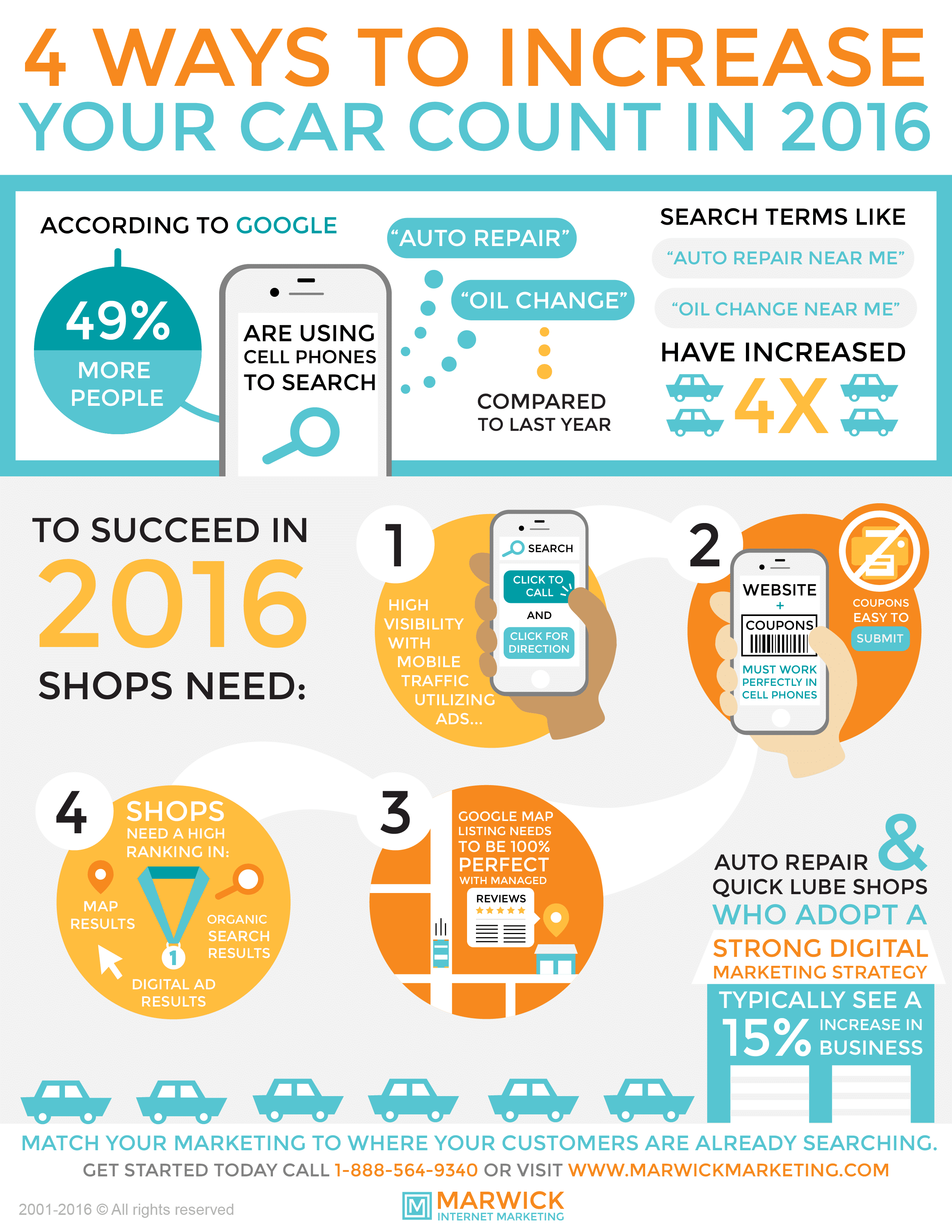Comprehending Your Auto'S Caution Lighting: What Do They Actually Mean?
Comprehending Your Auto'S Caution Lighting: What Do They Actually Mean?
Blog Article
Created By-Lauritsen Torres
When you lag the wheel, those beautiful warning lights on your control panel can be a bit puzzling. Do you understand what they're trying to inform you concerning your car's health? Recognizing the significance of these lights is essential for your security and the long life of your vehicle. So, the next time among those lights appears, wouldn't you wish to decipher its message precisely and take the essential steps to resolve it?
Common Warning Lights and Interpretations
Identify usual warning lights in your automobile and understand their significances to ensure secure driving.
One of the most typical warning lights include the check engine light, which signals issues with the engine or discharges system. If this light begins, it's important to have your vehicle examined quickly.
The oil pressure advising light shows reduced oil stress, calling for immediate focus to stop engine damage.
A flashing battery light may suggest a faulty charging system, potentially leaving you stranded otherwise attended to.
The tire stress tracking system (TPMS) light signals you to reduced tire pressure, impacting lorry stability and gas effectiveness. Disregarding this might result in harmful driving conditions.
The ABS light indicates a trouble with the anti-lock stopping system, compromising your capacity to quit rapidly in emergency situations.
Last but not least, the coolant temperature level warning light warns of engine overheating, which can cause serious damages if not solved quickly.
Understanding these usual warning lights will certainly help you deal with concerns without delay and keep secure driving conditions.
Relevance of Prompt Attention
Comprehending the common warning lights in your car is just the very first step; the significance of quickly resolving these warnings can not be stressed enough to guarantee your safety and security when traveling.
When a caution light illuminates on your dashboard, it's your cars and truck's method of communicating a possible problem that needs focus. Overlooking Click On this site can lead to more extreme issues later on, compromising your safety and possibly costing you extra out of commission.
Trigger attention to alerting lights can avoid break downs and crashes. For instance, a blinking check engine light could show a misfire that, if left neglected, could create damages to the catalytic converter. Resolving this quickly can conserve you from an expensive repair service.
Similarly, a brake system alerting light could indicate low brake liquid or used brake pads, important components for your safety when driving.
DIY Troubleshooting Tips
If you notice a caution light on your control panel, there are a couple of DIY troubleshooting pointers you can attempt prior to looking for specialist assistance.
Read Homepage is to consult your auto's handbook to understand what the details warning light shows. In some cases the issue can be as simple as a loose gas cap triggering the check engine light. Tightening the gas cap might deal with the trouble.
Another common issue is a low battery, which can activate numerous warning lights. Checking https://brakelinefittings30517.blogripley.com/31829990/frequently-held-misunderstandings-regarding-car-repair-work-explained for corrosion and ensuring they're secure could deal with the issue.
If a warning light lingers, you can try resetting it by disconnecting the cars and truck's battery for a couple of minutes and after that reconnecting it. Additionally, inspecting your automobile's fluid levels, such as oil, coolant, and brake fluid, can help troubleshoot cautioning lights related to these systems.
Conclusion
In conclusion, comprehending your vehicle's caution lights is crucial for maintaining your vehicle running efficiently and securely. By quickly attending to these signals and understanding what they mean, you can avoid costly repair work and potential break downs.
Bear in mind to consult your car's handbook for specific information on each alerting light and act accordingly to ensure a trouble-free driving experience.
Remain notified, stay secure when traveling!
